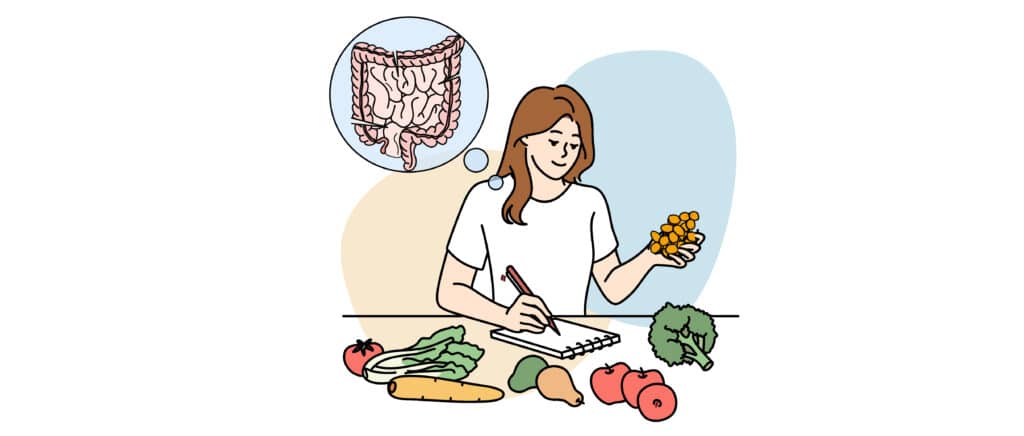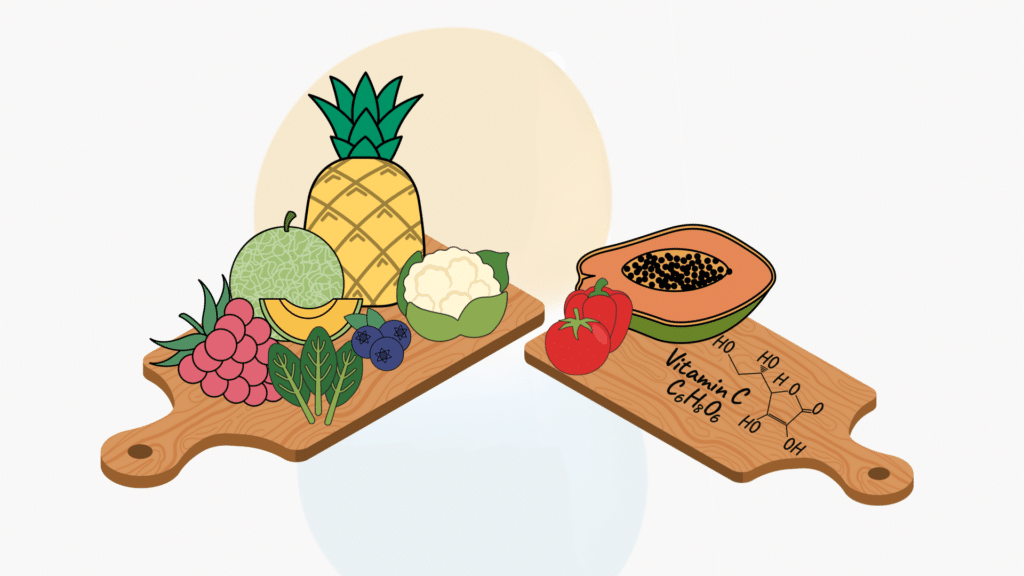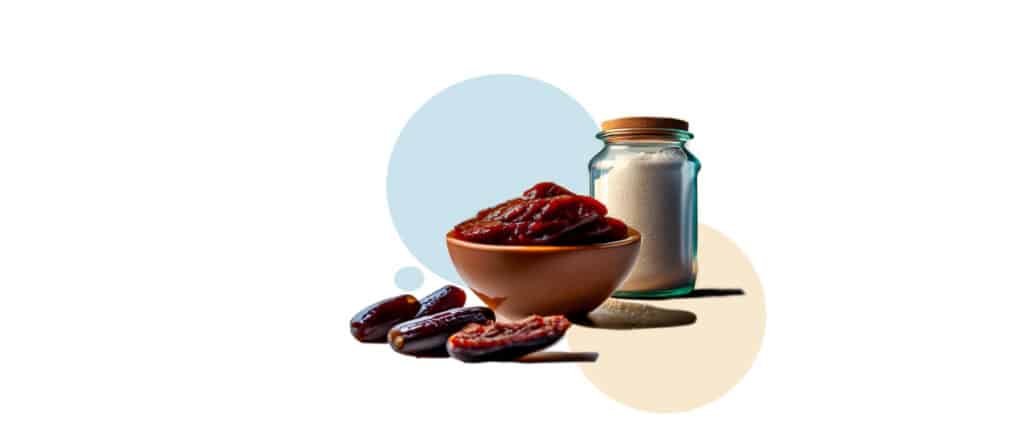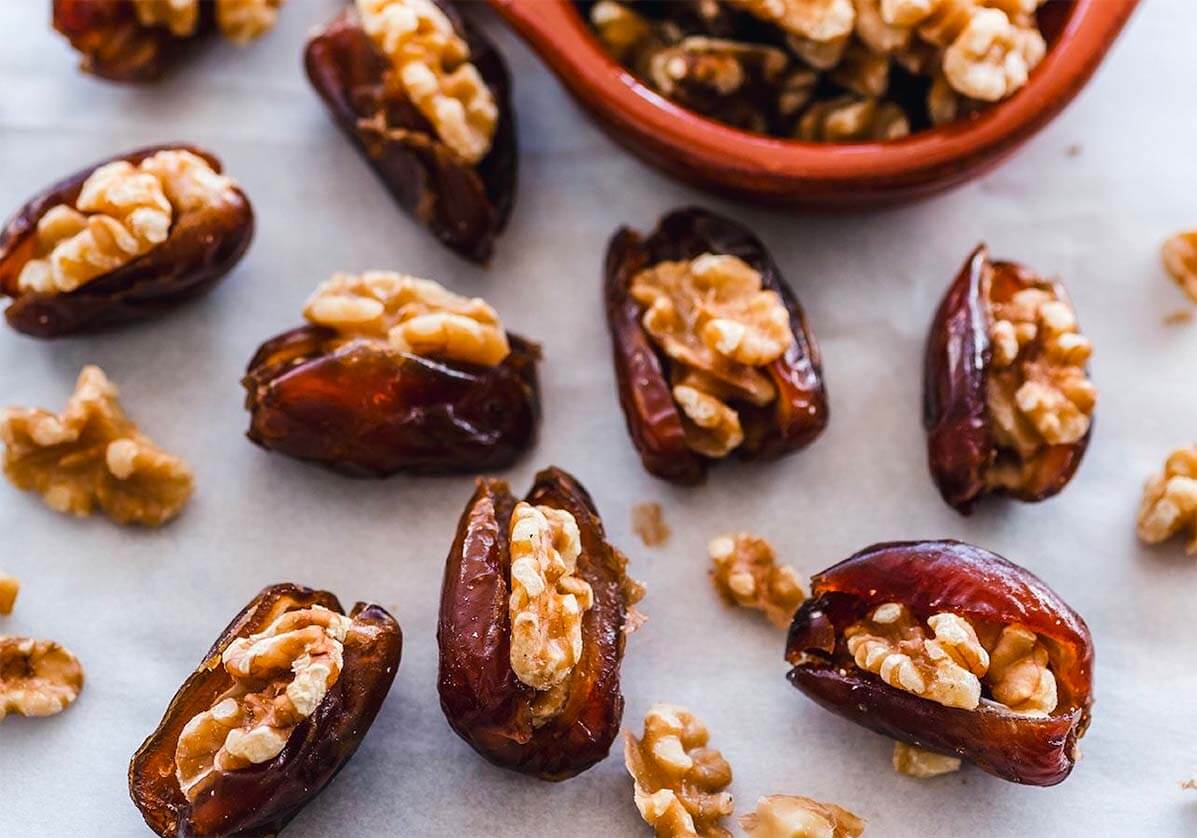Foods that Lower Blood Pressure
- All About Dates Date Benefits & Uses
- November 3, 2021
- 11 minutes read
- Blood pressure is a measurement of how easily blood circulates through your body.
- It can be a good measurement of cardiovascular health.
- Increased blood pressure is also called hypertension.
- This can cause serious health problems, like heart disease and kidney damage.
- Proper nutrition can be an important part of preventing or reversing high blood pressure.
The American Heart Association defines high blood pressure as a reading of 130/80 mmHg or higher. Nearly half of Americans have high blood pressure. Diet and lifestyle play an important role in preventing high blood pressure. These lifestyle modifications include eating more fruits and vegetables. You may also reduce your salt intake and exercise regularly. Limiting your alcohol intake and quitting smoking can also reduce your risk.
It is important to understand your blood pressure reading. You can start by knowing your diastolic and systolic numbers. The top number (systolic) measures the maximum pressure your heart exerts while beating. The bottom number (diastolic) measures the amount of pressure in your arteries between heartbeats. A normal blood pressure reading is one under 120/80 mmHg. Be sure to check if your reading is higher than this. If so, your doctor may suggest you make certain lifestyle changes. They may also choose to put you on medication.
Limiting Sodium Intake
It is important to limit sodium intake. In fact, it is possibly the most important lifestyle change you can make to help prevent hypertension. Consuming high amounts of salt may cause the body to retain more water. This leads to a higher flow in blood vessels. Sodium may also deteriorate the integrity of blood vessels over time.
The mechanism of sodium and high blood pressure is not fully known. However, many studies have shown the relationship between the two. One large study studied the effect of a small reduction in salt intake for four or more weeks. They found that it caused a significant fall in blood pressure. This is true for those both with normal and high blood pressure. A reduction in dietary sodium not only reduces your risk for high blood pressure. It also reduces your risk for morbidity and mortality from heart disease.
The recommended daily sodium limit is 2,300 mg (or one teaspoon). Meanwhile, the average daily intake for Americans is 3,400 mg. Most of this comes from restaurant meals and processed foods.
In order to limit your sodium intake, try limiting how often you eat out. Additionally, try to limit processed food intake and read nutrition labels before buying. When cooking with fresh food at home, season with herbs, spices, and other flavorings instead of salt. Lastly, always rinse your canned products, like canned beans, to remove some of the sodium!
Potassium-Rich Foods to Lower Blood Pressure
Sodium may cause our blood pressure to increase. Luckily, potassium may have the opposite effect. Potassium causes our blood vessels to dilate. This decreases blood pressure. An adequate dietary intake is thought to be effective in reducing the risk for high blood pressure. The Recommended Dietary Intake (RDI) is as follows:
|
GENDER & AGE |
RDI FOR POTASSIUM |
|
Women 14-18 Years of Age |
2,300mg |
|
Women 19+ |
2,600mg |
|
Pregnant or Lactating Women |
2,500 – 1,900mg |
|
Men 14-18 Years of Age |
3,000mg |
|
Men 19+ |
3,400mg |
Foods rich in potassium include leafy greens, beans, nuts, seeds, potatoes, bananas, dairy, and dried fruit, like raisins and dates. For example, 100 grams of dates (about four dates) contains about 700mg of potassium. That is over 25% of the daily recommended amount for women over 18 years old!
Other Lifestyle Changes
There are other lifestyle changes that can help reduce your risk for high blood pressure. For example, regular exercise may be a good idea. It has been shown to decrease the risk for high blood pressure and cardiac events. This effect can be up to a 5-7 mm/Hg reduction. It may even be seen immediately, specifically in systolic numbers. The American Heart Association recommends 150 minutes of moderate to intense aerobic exercise a week. This is also equivalent to 75 minutes of vigorous exercise a week. Examples of moderate exercise include brisk walking and biking under 10 miles per hour. You can even count gardening as an exercise! Vigorous exercise includes running, swimming laps, and biking over 10 miles per hour.
Additionally, alcohol consumption and smoking are not good for your heart health. It can increase your risk for high blood pressure. Try limiting alcohol consumption to two or fewer drinks for men. This is lowered to one or fewer drinks for women on days when alcohol is consumed. If you smoke cigarettes, consider seeking help to quit smoking.
There are many lifestyle and dietary changes that you can do. These can help reduce your risk for high blood pressure. Limiting your sodium intake can be a good start. We also recommend increasing your potassium intake. By eating unprocessed, whole foods you can accomplish this. We suggest adding fruits, vegetables, whole grains, dairy, nuts, seeds, and lean proteins into your diet. Increasing your physical activity while limiting the consumption of alcohol and smoking can also help to reduce risk. If you are over the age of 40, get your blood pressure checked yearly! Make sure to know your numbers to ensure you have a healthy cardiovascular system!
Summary
There are many different factors that affect our blood pressure. Eating a healthier diet full of potassium-rich foods while limiting sodium-rich foods, can help to control blood pressure. Exercising at least 150 minutes a week (or 75 minutes a week if doing vigorous activity) is also an important part of controlling blood pressure. Controlling our weight and stress while limiting alcohol consumption and smoking may play a large role, as well.
Scientific Information
- Systolic – The top number of a blood pressure reading; Measures the maximum pressure your heart exerts while beating.
- Diastolic– The bottom number of a blood pressure reading; Measures the amount of pressure in your arteries between heartbeats.









